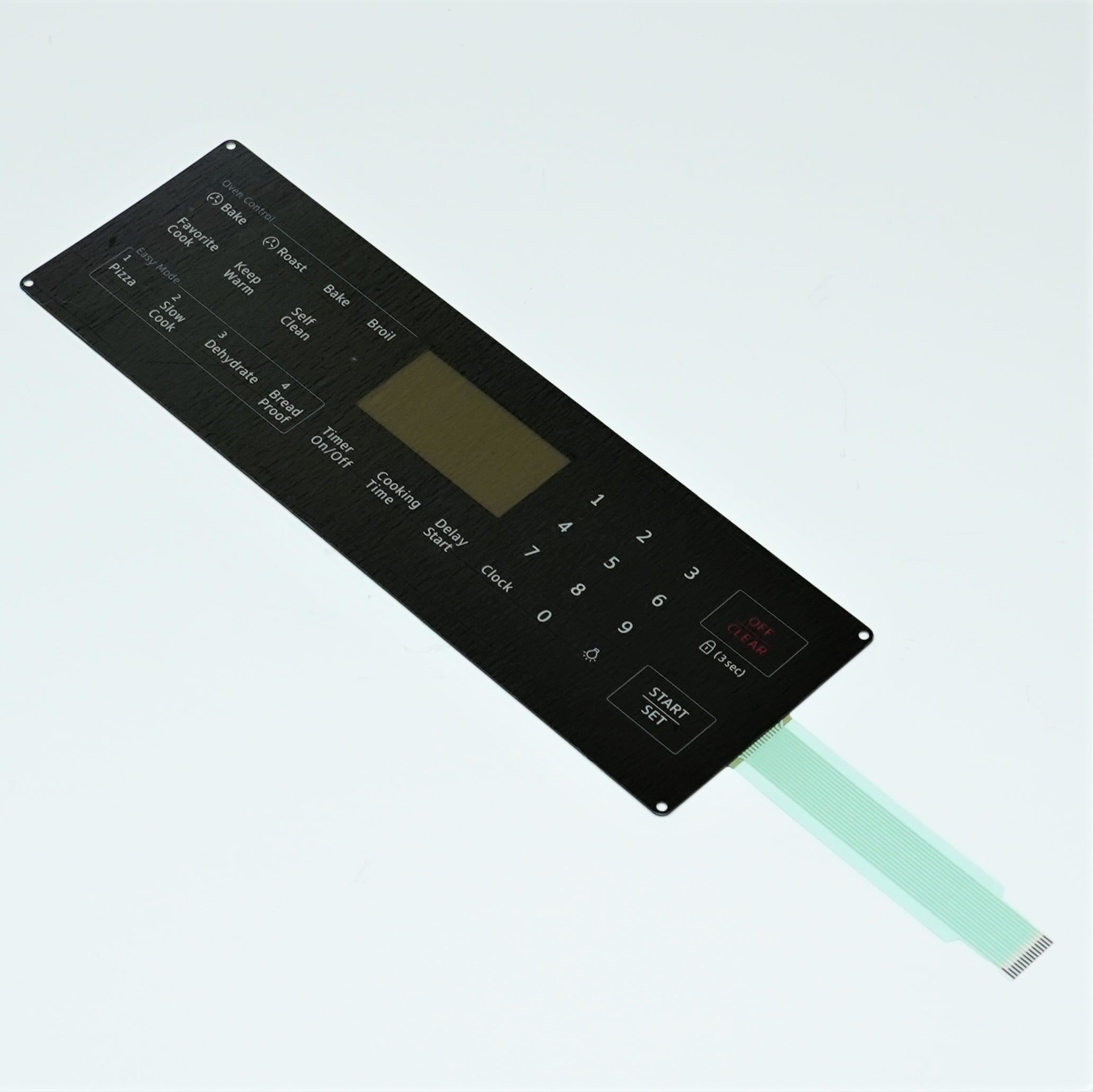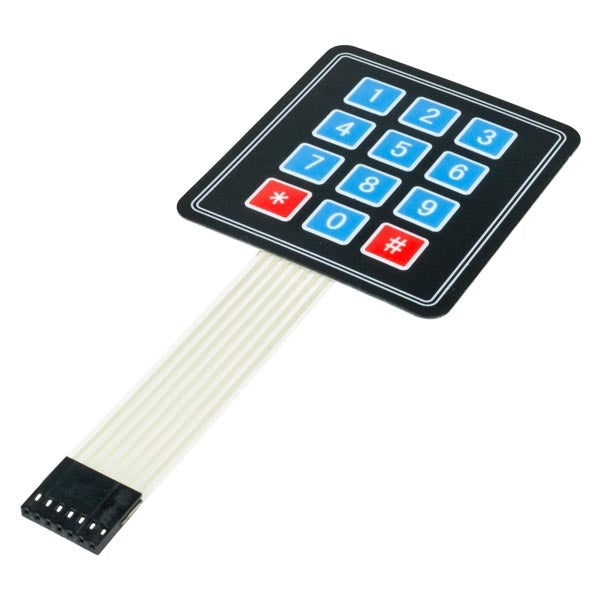Innovative Membrane Switch Solutions for Customized Control Panels
Innovative Membrane Switch Solutions for Customized Control Panels
Blog Article
Understanding Membrane Layer Switches: The Secret to Reputable and long lasting Controls

What Are Membrane Buttons?
Membrane layer buttons are an advanced remedy in the realm of user interface innovation, integrating capability and style flawlessly. These devices work as an interface between individuals and electronic systems, incorporating several components into a small style. Normally built from adaptable, slim layers of products, membrane layer buttons are made to react to touch, allowing individuals to interact with machinery and electronic gadgets properly.
The primary elements of a membrane layer button consist of a published circuit layer, visuals overlay, and a spacer layer that prevents unintended activation. The visuals overlay can be tailored to mirror brand name identity or user preferences, enhancing looks while making sure functionality. Membrane switches are typically utilized in various applications, consisting of clinical gadgets, consumer electronics, and commercial devices, owing to their toughness and resistance to environmental factors such as dampness and dirt.
Among the essential advantages of membrane layer buttons is their ability to withstand deterioration, making them suitable for high-traffic environments. Furthermore, they are lightweight and call for very little room, permitting ingenious designs in item development. On the whole, membrane layer changes represent a reliable and functional choice for modern-day electronic user interfaces, marrying modern technology with user-centric style concepts.
Exactly How Membrane Switches Over Work
The procedure of membrane changes hinges on an easy yet reliable system that converts user input into digital signals. When a customer presses the button, the top layer flaws, allowing a conductive aspect in the circuit layer to make call with an equivalent conductive pad on the bottom of the graphic overlay.
The layout of membrane switches can differ, yet they often integrate domes or responsive components to provide comments to the individual, improving the total experience - membrane switch. The products used in membrane layer buttons, such as polyester or polycarbonate, add to their longevity and resistance to environmental factors, including wetness and dirt. In addition, the published circuits are typically encapsulated, which protects them from damage with time.
Benefits of Membrane Buttons

Additionally, membrane switches are known for their toughness. Created from durable materials, they are resistant to dust, wetness, and physical wear, which substantially expands their life-span contrasted to traditional mechanical switches. This resilience makes them especially appropriate for high-traffic atmospheres and applications needing durability.
One more considerable advantage is the convenience of cleansing and maintenance. The smooth surface area of membrane layer switches over decreases dirt buildup and is often impervious to spills, making them ideal for settings that require frequent sanitization.
Moreover, membrane buttons use a structured profile, causing a thinner style that can be integrated into numerous tools without adding bulk. This attribute not just boosts the aesthetic appeal yet additionally adds to a more ergonomic item style.
Applications of Membrane Buttons
Functional and easy to use, membrane buttons discover applications across a vast array of markets, including clinical gadgets, consumer electronic devices, and commercial devices. In the medical area, these buttons are indispensable to gadgets such as diagnostic devices, client surveillance systems, and infusion pumps, where reliability and convenience of cleansing are important. Their ability to keep and endure rough settings performance makes them suitable for such applications.

In customer electronics, membrane layer buttons are used in items like microwaves, cleaning equipments, and push-button controls - membrane switch. Their streamlined design enables intuitive interface, improving the total user experience while his comment is here giving sturdiness and resistance to tear and wear
Industrial devices additionally gains from membrane layer switches, especially in control panels for equipment and automation systems. These buttons supply protection against dirt and moisture, making sure regular efficiency in challenging environments. Their customizable features allow producers to tailor them to particular operational demands, boosting performance and capability.
Picking the Right Membrane Layer Switch Over
When picking a membrane switch, it is important to think about different aspects that influence performance and suitability for specific applications. The primary factors to consider consist of ecological conditions, tactile feedback, resilience, and design specifications.
First, analyze the operating setting; buttons subjected to wetness, chemicals, or extreme temperatures call for details products to guarantee longevity and capability. Next off, examine the need for responsive comments. Depending on customer communication, some applications may take advantage of a responsive action to verify activation, while others might like a non-tactile design for visual like it factors.
Longevity is find out here one more vital factor; membrane layer switches need to be developed to endure frequent usage, impacts, and abrasion. Make certain the chosen button can endure the anticipated lifecycle, particularly in high-usage circumstances.

Final Thought
In conclusion, membrane layer switches over serve as necessary parts in the style of sturdy and dependable control systems across numerous sectors. The flexibility of membrane layer switches enables for customized remedies that meet particular operational requirements, enhancing their value in modern technology.
Membrane layer switches over stand for a crucial element of contemporary interface design, blending performance with durability in different applications.Membrane layer buttons are an innovative remedy in the realm of individual interface innovation, incorporating capability and layout flawlessly. Typically constructed from adaptable, slim layers of materials, membrane layer buttons are designed to react to touch, making it possible for customers to connect with equipment and digital devices effectively.
The design of membrane layer buttons can differ, however they typically integrate domes or responsive elements to provide responses to the customer, improving the general experience.In final thought, membrane switches over offer as essential parts in the layout of long lasting and trustworthy control systems across numerous sectors.
Report this page